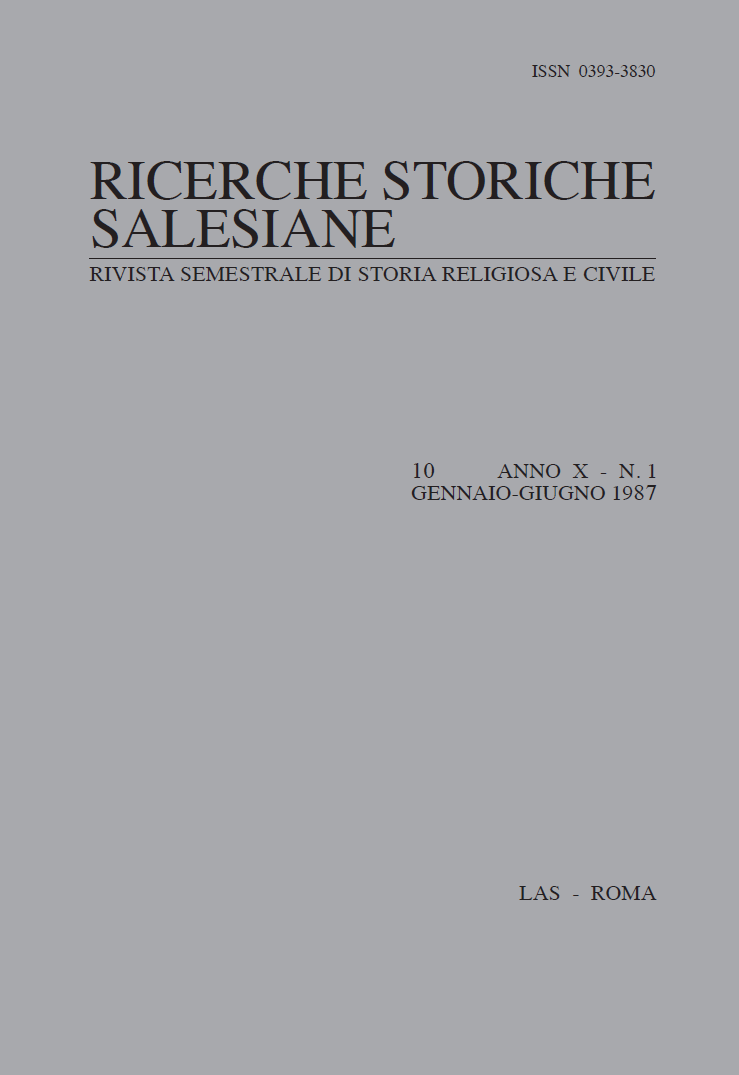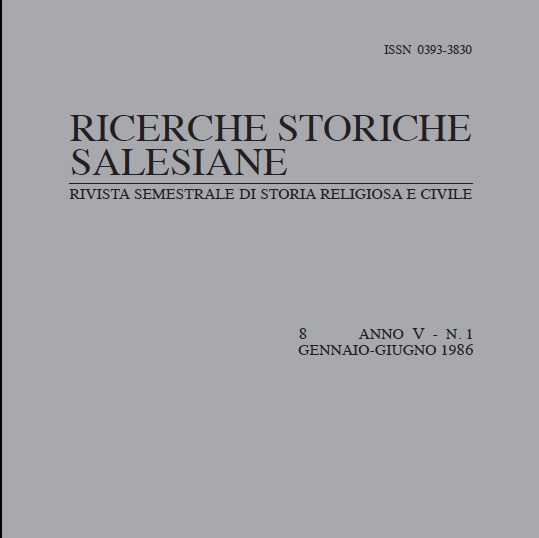Questo secondo libro presenta una tale densità di soggetti che richiederebbe una lunga spiegazione introduttiva; gli autori invece propongono una soluzione diversa: mettere insieme le note dell’apparato storico e tutte le spiegazioni che servono a inquadrare il testo nel suo tempo e nei suoi luoghi così da rendere il testo molto più comprensibile e facilitare il compito del lettore. Continue reading “Antonio Ferreira da Silva – Cronistoria o Diario di Monsignor Luigi Lasagna 3-1893 – 11-1895. 2° caderno”











